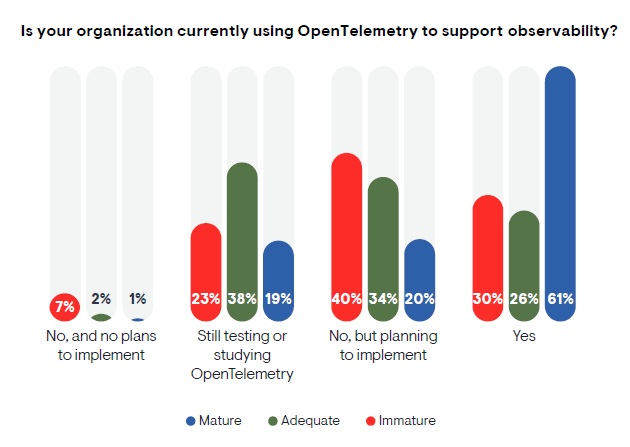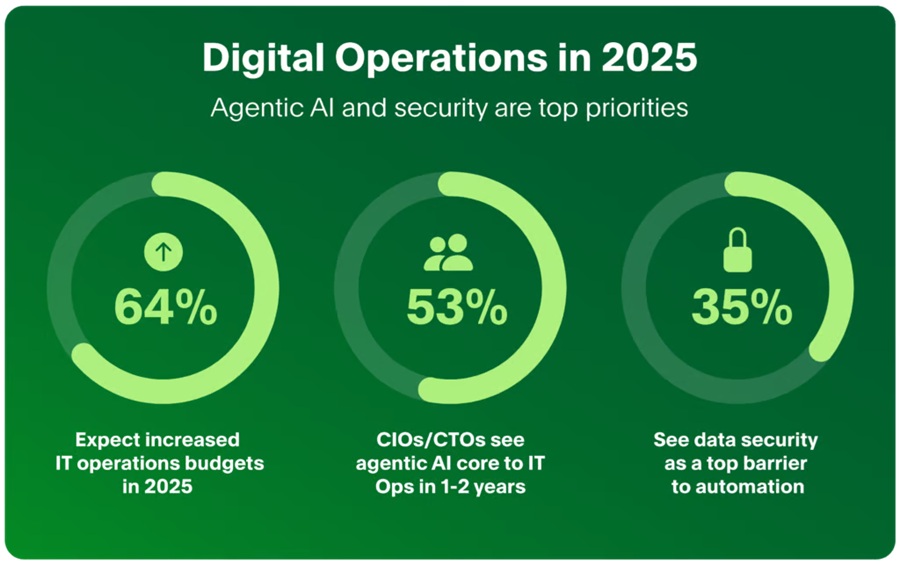Being able to access the full potential of artificial intelligence (AI) and advanced analytics has become a critical differentiator for businesses. These technologies allow for more informed decision-making, boost operational efficiency, enhance security, and reveal valuable insights hidden within massive data sets. Yet, for organizations to truly harness AI's capabilities, they must first tap into an often-overlooked asset: their mainframe data. With the market competition growing fiercer, businesses that effectively integrate and leverage this data can position themselves to outpace rivals.
The immense value of mainframe data lies in its deep reservoirs of transactional and customer information, particularly in industries like telecommunications, retail, and finance. Mainframes have served as the backbone of critical sectors for decades, not only storing historical data but also continuously generating vital information every day. This wealth of data has the potential to drive innovation, optimize operations, and enhance decision-making. However, many organizations continue to struggle with integrating this data into their AI and analytics strategies. A recent survey conducted by Rocket Software in partnership with Foundry, involving over 200 global IT leaders across data analytics, data management, and data engineering, sheds light on the complexities and possibilities of unlocking the value of mainframe data.
Why AI and Analytics Matter Now
AI and analytics are no longer optional; they are essential tools for survival. According to the survey, 92% of organizations are actively pursuing AI initiatives, with many running multiple AI projects simultaneously. These projects are aimed at enhancing operational efficiency, improving risk management, and optimizing decision-making processes.
AI's ability to automate routine tasks, enhance security, and provide predictive insights offers a clear competitive advantage. For example, a bank may use AI to detect fraudulent transactions before they happen, or a healthcare provider could leverage AI to identify system vulnerabilities and protect patient data. But none of this is possible without access to high-quality, comprehensive data — data that often resides in mainframe systems.
The survey reveals three primary motivators for organizations integrating AI and analytics: operational efficiency (56%), improved risk management (53%), and better decision-making (51%). With the right AI tools, businesses can identify inefficiencies in their IT systems, streamline operations, and reduce costs. In fact, 85% of respondents cited business optimization as their top goal for AI and analytics initiatives, while 74% pointed to the potential for AI to enhance customer experiences and drive innovation. However, while most businesses recognize the value of AI, integrating mainframe data into their analytics efforts remains a significant challenge.
Understanding the Full Potential of Mainframe Data
Mainframes house a diverse range of data, including customer transactions, operational metrics, financial records, and regulatory compliance information. This extensive data repository is crucial for organizations aiming to leverage AI and analytics effectively. As data is what informs AI models, organizations that successfully tap into this data stand to benefit from improved model quality, enhanced decision-making capabilities, and a more comprehensive view of their operations. The survey found that 46% of respondents viewed improving the quality, accuracy, and completeness of their data sets as one of the most attractive use cases for mainframe data. Additionally, 44% of leaders saw mainframe data as a way to gain a holistic view of their business operations, which can lead to better strategic decisions and improved outcomes.
With the integration of mainframe data with AI and advanced analytics, businesses can create new analytical capabilities that were previously out of reach. For instance, a retail company with decades of customer transaction data stored on its mainframes can use AI to identify patterns, optimize processes, and personalize customer experiences. Similarly, a financial institution could leverage its mainframe data to build predictive models that help mitigate risk and improve fraud detection.
Challenges to Leveraging Mainframe Data
Mainframe data holds immense promise, but extracting, synchronizing, and analyzing it can be a complex process. The survey found that 59% of respondents identified the complexity of data retrieval and extraction as a top obstacle to fully leveraging mainframe data. This complexity often stems from the gap between traditional mainframe systems and modern cloud-based analytics platforms.
Security concerns are also a significant barrier. Mainframes house some of the most sensitive business data, and 56% of survey respondents expressed concerns about the security, compliance, and data privacy issues that arise when integrating mainframe data into cloud environments. With regulations like the Digital Operational Resilience Act (DORA) set to take effect in 2025, businesses need to ensure that their mainframe data is both secure and compliant.
Other obstacles include the proprietary nature of some mainframe data, skills gaps within data teams, and limited scalability to handle large data volumes. Overcoming these challenges requires organizations to adopt robust data management strategies and invest in tools that facilitate seamless integration between mainframe systems and modern analytics platforms.
A Path Forward: Embracing Hybrid Cloud Solutions
To fully harness the potential of mainframe data, businesses must adopt a hybrid cloud strategy that facilitates seamless integration between on-premises mainframes and cloud environments. Hybrid cloud solutions offer the necessary flexibility, scalability, and security to manage increasing data volumes while adhering to regulatory requirements. The survey highlights that 51% of respondents are actively seeking solutions that align with their existing data management capabilities and provide the scalability needed to navigate this growing landscape.
By implementing a hybrid cloud approach, organizations can ensure their mainframe data is not only accessible and secure but primed for real-time analytics. This path forward involves a blend of advanced tools, strong data management strategies, and a steadfast commitment to innovation. With the right framework in place, mainframe data can transform into a vital asset, fueling AI initiatives, enhancing operational efficiency, and positioning businesses for sustained success in a competitive market.




